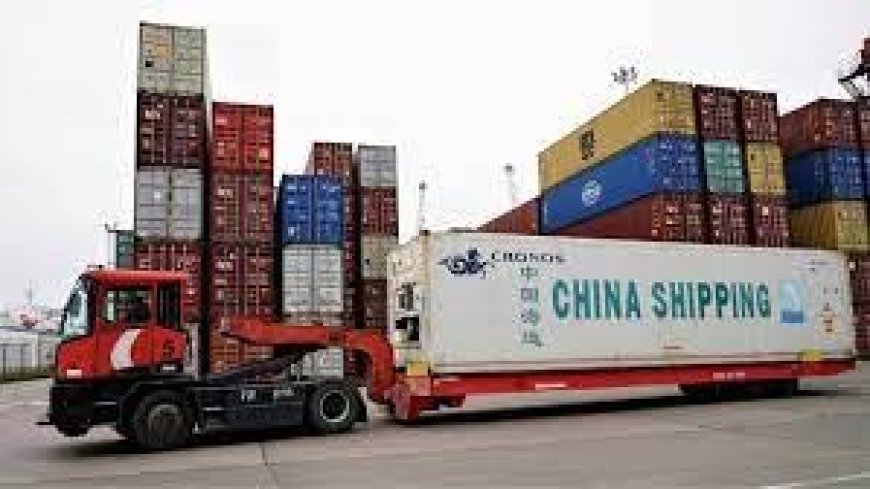Surge in Russia-China Trade Leads to Shipping Container Boom: Economic Shifts Unfold
Explore the impact of booming trade between Russia and China, causing a surplus of shipping containers. Learn how this surge is reshaping economic ties between the two nations.

The trade between Russia and China is experiencing unprecedented growth, resulting in an overflow of shipping containers in Russia. This surge in trade is reshaping economic dynamics in the region, with significant implications for both countries.
Container Glut in Russia:
According to a report from logistics platform Container xChange, Russia now has an excess of 150,000 shipping containers that importers are struggling to return to China. CEO Christian Roeloffs noted that containers are accumulating in Russia, leading to remarkably low prices for secondhand containers within the country. This surplus is a consequence of the deepening trade imbalance between Russia and China.
Trade Volume Soars:
Chinese customs data reveals a 32% increase in bilateral trade during the first eight months of 2023 compared to the previous year, with total trade volume reaching $155 billion. Notably, China's exports to Russia saw a remarkable 63.2% surge, totaling $71.8 billion, while imports into China rose by 13.3% to $83.3 billion.
Shift in Economic Dynamics:
This exponential growth in trade has positioned China as a vital economic partner for Russia, especially in the wake of geopolitical tensions. China's support has become crucial for Russia, as the United States and its allies implement sanctions and reduce trade in response to Russia's actions in Ukraine.
Challenges and Criticisms:
The surplus of shipping containers in Russia is attributed to the specific types of goods exchanged between the two nations. Raw materials, primarily transported via rail tanks instead of containers, play a significant role in this trade dynamic. Moreover, logistical challenges stemming from overloaded Russian ports and roads are causing transportation inefficiencies.
Infrastructure Development:
Container xChange emphasizes that for Russia to continue its pivot towards Asia and fully leverage this burgeoning trade relationship, substantial investment in infrastructure development is paramount. While some efforts have been made to enhance infrastructure, fiscal constraints and budgetary limitations complicate matters.
Conclusion:
The booming trade between Russia and China is reshaping economic dynamics in the region, bringing both opportunities and challenges. The surplus of shipping containers in Russia underscores the need for strategic infrastructure development to sustain and optimize this critical trade relationship.
Also Read: Breaking News: U.S. Treasury Launches Crucial Economic and Financial Partnerships with China































































